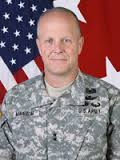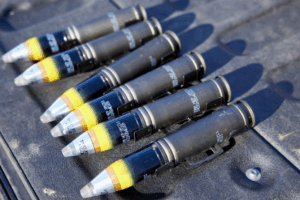
The Army’s aviation branch has developed--on its own initiative to avoid financial budget cutters--a plan to sustain rotary wing capability over time, while producing a ready, affordable fleet, the branch chief said. The first major airing of the initiative, which has repeatedly been emphasized as pre-decisional, left stunned looks and some some mouths agape in the audience of service and industry personnel. “If we left it (aviation reorganization) purely to budgeteers, it would be really be ugly, so instead of…













